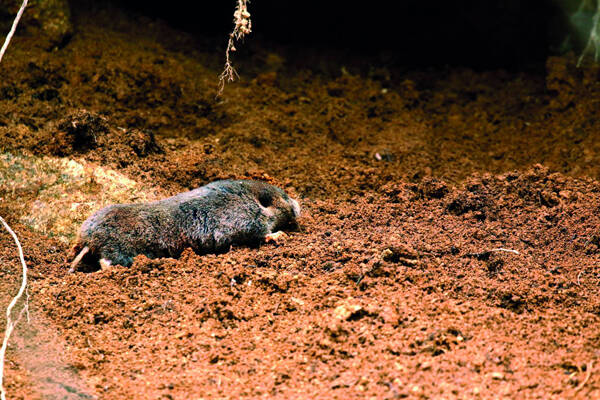Eospalax rufescens
IUCN
LCBasic Information
Scientific classification
- name:Eospalax rufescens
- Scientific Name:Eospalax rufescens,Eospalax fontanierii,Eospalax cansus
- Outline:Rodents
- Family:Rodentia Cricetidae Zokor
Vital signs
- length:190- 210mm
- Weight:
- lifetime:
Feature
The tips of the hairs are rust-colored, and some older individuals are bright rust-red.
Distribution and Habitat
Distributed in Shaanxi, Ningxia, Gansu and Qinghai in China.
Qinling zokor lives in relatively humid mountains, forests, forest meadows, meadow grasslands and farmland habitats above 1400m above sea level, and the altitude can reach more than 4000m
Appearance
The nose pad is mitral. The body is medium in size, with an average length of 210mm for males and 190mm for females. The coat is grayish brown with rusty tips. Some older individuals are bright rusty red. The tail and the back of the hind feet are covered with dense brown hair. There are no white spots on the forehead. The occipital part of the skull protrudes backwards. The suture between the maxilla and the premaxilla is located in the middle of the incisor foramen.
Details
The classification status of Qinling zokor at both genus and species levels is controversial. At the genus level, some scholars regard it as the subgenus Myospalax of the genus Myospalax, while some believe that the subgenus Myospalax is an independent genus. At the species level, many people regard it as a synonym of the Chinese zokor (Eospalax fontanierii), while some believe it is an independent species. Recent molecular systematic evidence shows that it should be an independent species of the genus Eospalax.
This species has been included in the "List of Terrestrial Wildlife with Important Economic and Scientific Research Value under State Protection" issued by the State Forestry Administration of China on August 1, 2000.
Listed in the 2013 Red List of Endangered Species of the World Conservation Union (IUCN) ver3.1--Low Risk (LC).









